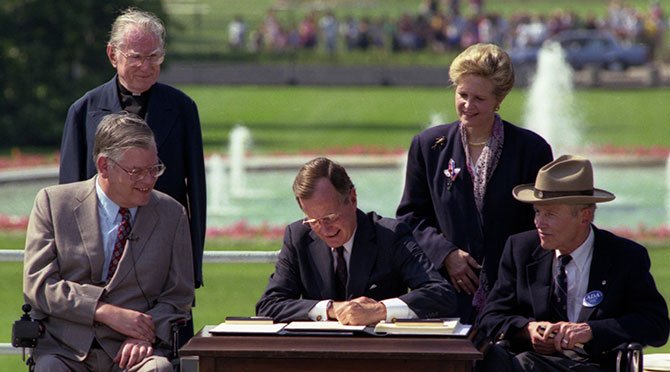In the 20th century, the US introduced the Good Neighbor Policy for Latin American countries. This policy wanted better relations and teaming up between the US and these countries. The brain behind this policy was President Franklin D. Roosevelt, kicking off in the 1930s.
Earlier, the US often acted in Latin America, flexing military muscle for its economic and political benefits. But, the Good Neighbor Policy took a break from this. It looked for respectful and friendly links with Latin nations.
President Roosevelt unveiled the Good Neighbor Policy during his inaugural speech on March 4, 1933. Mutual respect and non-interference were his key points. He committed America to be a good neighbor who respected itself and others’ rights.
Why this new policy? The US faced economic and political hurdles due to the Great Depression. With internal issues to deal with, it shifted its attention to home recovery instead of getting involved elsewhere. The Good Neighbor Policy was considered a method to ease tension and encourage financial teamwork in the Western Hemisphere.
One of the key principles of the Good Neighbor Policy was non-intervention. The United States pledged to refrain from interfering in the internal affairs of Latin American countries and to respect their sovereignty. This marked a significant shift in U.S. foreign policy towards the region.
The Good Neighbor Policy also aimed to promote economic cooperation and development in Latin America. The United States provided financial assistance and technical expertise to support infrastructure projects and economic reforms in the region. This included investments in transportation, communication, and agriculture.
Another important aspect of the Good Neighbor Policy was cultural exchange. The United States sought to foster understanding and appreciation of Latin American culture through educational and cultural programs. This included sending American artists, writers, and scholars to Latin America and hosting Latin American artists and intellectuals in the United States.
The Good Neighbor Policy had a significant impact on U.S.-Latin American relations. It helped to improve the perception of the United States in the region and fostered a sense of cooperation and mutual respect. However, the policy was not without its challenges and criticisms. Some Latin American countries felt that the United States continued to exert economic and political influence despite the policy’s principles of non-intervention.
The Good Neighbor Policy remained in effect throughout the 1930s and 1940s. It was further reinforced during World War II when the United States sought to strengthen its alliances in the Western Hemisphere. However, with the onset of the Cold War and the rise of anti-communist sentiments, U.S. policy towards Latin America underwent a shift.
The Good Neighbor Policy might have dwindled over time, but it sure left a mark in the history of relationships between the U.S. and Latin America. It made a remarkable shift away from past assertive strategies, paving way for a more collective and considerate style of dealing with the area. The values of non-meddling and mutual esteem still direct U.S. foreign policy towards Latin America nowadays.





